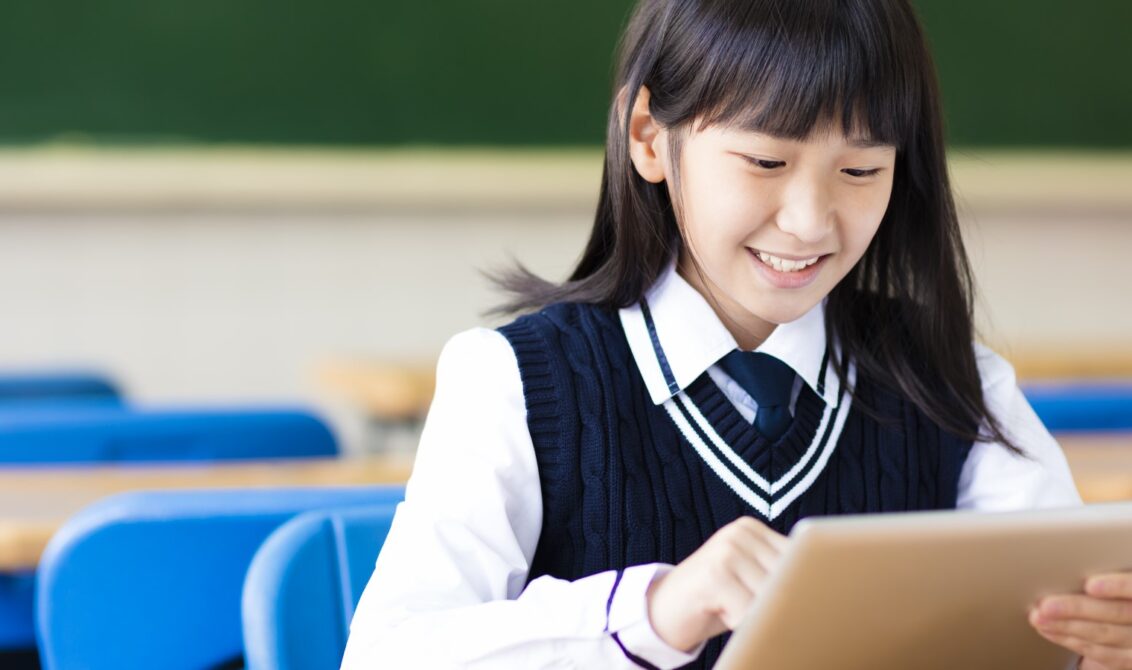
Across the world, schools have closed and will re-open at different times, as each country assesses the ongoing risks of the pandemic. ISC’s Will Bedford shares some interesting insights from international schools in China and South East Asia who were some of the first to be closed about how they adapted to school closures, rolled out distance learning programmes and established online pastoral care.
ISC Research field researchers based in Singapore and China shared some valuable insights from international schools impacted by COVID-19 in a webinar at the end of April 2020. Sam Fraser is based in Singapore and researches many of the schools in South East Asia with his team, and Stephanie Quayle researches some of the schools in China. The feedback Sam and Stephanie shared on how international schools in East and South East Asia are managing during the impact of coronavirus was very informative.
Stephanie explained how international schools in China adapted their distance learning provision over time: “As the closures went on, schools developed and rolled out extensive e-learning programmes. I have heard about teachers setting work and following the school timetable, with lesson plans uploaded into SharePoint for their classes. I have seen some of the instructional videos that teachers have made to introduce learning or give their pupils feedback.
I know that schools have been using a wide range of platforms; Microsoft Teams, Seesaw, Power School, Zoom and even WeChat. I have heard of ICT teams leading staff training and of pastoral leaders making personal contact with their tutees to maintain a healthy spirit amongst their year groups. As the weeks have gone on, schools have realised that children were missing out on the social interaction of learning and many are now offering live on-line lessons. And more recently I have heard of schools that are now running parent/teacher meetings online, so that there is the opportunity to provide feedback and discuss targets and strategies too.”
Stephanie said that many schools have been surveying their teachers, parents and their students to find out what is working well and not so well, and have then adapted their provision. She highlighted that online learning has proved especially difficult for younger children who are unable to work independently, but that some schools have been very creative with their support for their youngest years: “I have seen some fabulous examples of storytelling, phonics games, PE exercises, maths puzzles and so on. I have also been told that in Shanghai, the ministry sent out learning guidelines for early years. They stated that learning should be voluntary, and young children should not have to log on every day. This sits well with most schools’ policies on reducing screen time for their youngest pupils,” she said.
Sam said that some South-East Asian country governments are now very strict about schools being prepared to have online learning platforms available. “Governments are stressing the importance here during school licence inspections,” he said. This will have proved to be valuable for schools during the forced closures. Sam reported that in general, schools are responding well to the challenges being thrown at them, with some schools under greater pressures than others. For example, he explained that in most countries throughout the sub-region, staff are able to remain in country and work from home. “But this is not quite so simple in some places,” he said. “In Myanmar, the FCO advised British nationals to leave Myanmar if possible in March. This led to teachers, students and staff leaving the country, since then, causing major disruption to schools.”
He talked about the way many international schools are working with parents: “It appears the traditional communication channels to parents haven’t changed. These might be through parent portals, newsletters, WhatsApp chat groups, other social media platforms, emails or over the phone. The volume of communication with parents has definitely increased during this time, as a greater focus on wellbeing and general reassurance was required. Additionally, there has been an effort to develop more creative forms of communication, such as pre-recorded video updates and parent sessions through video conferencing tools.” Sam added that some school Heads are keeping in close contact with parents and setting up regular meetings with parent representatives to offer the wider community support. “Fee reduction requests are being managed carefully,” he said. “Schools are showing the great work they are doing to provide distance learning, however, some schools have offered discounts thus far with no doubt, more to follow.”
You can access a recording of the 45 minute webinar here: How international schools in East and South East Asia are responding to the implications of coronavirus
For market intelligence through coronavirus, contact Will at ISC directly at will.bedford@iscresearch.com
This article was originally published on the ISC blog on 23 April 2020.

